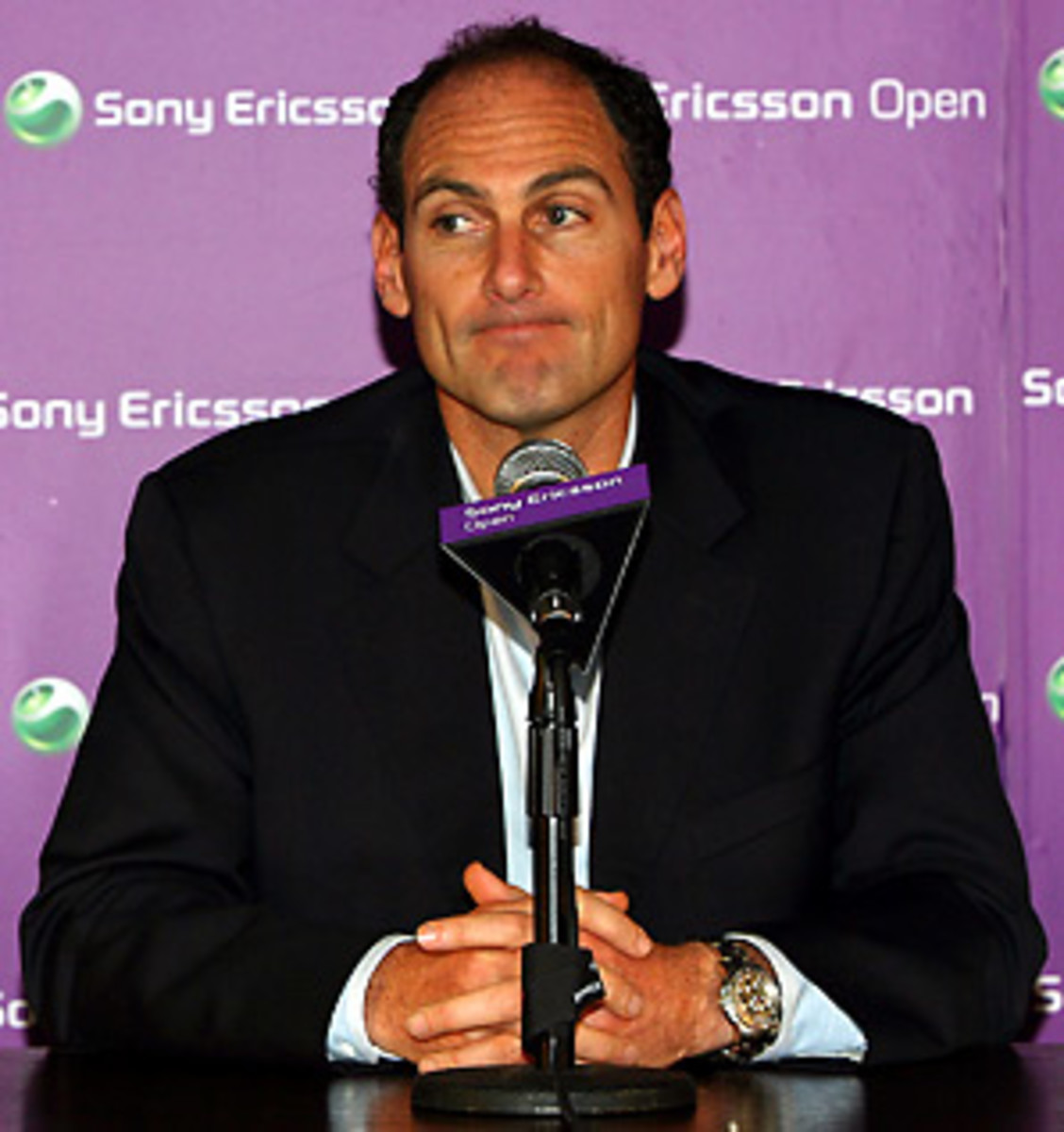Pac-10 willingly sacrificing its image in mad dash for more cash
It's a conference of pretty symmetry -- five natural rivalries and two schools per state, with the exception of California. There the split is geographic, which has always provided a perfect template for the logic of splitting the state in two should it come to that.
And the Pac-10 has always held tightly to the illusion of academics. While pundits regularly degrade the conference, the Pac-10 has been smugly content with its self-worth and higher mission. Other conferences -- we're talking about you, SEC -- could crassly go for the big bucks, but over in the Pac-10 the last vestiges of the British Empire remained. Tea time, anyone?
Which is why the past few days have been so fascinating, watching the Pac-10 willingly blow its image apart, knocking over the silver in its mad dash for more money. It's the great Oklahoma Land Grab all over again, with schools from Texas and Colorado thrown in. The newly aggressive Pac-10 seems intent on raiding the Big 12 and whomever else necessary, greedily going for size and enormous TV contracts.
It's an intentional makeover. Last month, Larry Scott -- the conference commissioner who has been on the job for less than a year -- hired Creative Artists Agency, a powerful Hollywood firm. Its mission is to revamp the Pac-10's image and its brand. Forget that quaint notion of an athletically and academically successful conference. The Pac-10 wants to win American College Football Conference Idol.
"We want to position ourselves as cutting edge," Scott said at the time. "We're a modern collegiate conference."
And the league is proving it with a vengeance right now. As those "modern conference" bigwigs met in San Francisco over the weekend, rumors flew wildly that the Pac-10 wants to add six schools from Texas, Oklahoma and possibly Colorado, turning itself from a conference of symmetry and grace to a Costco-sized Pac-whatever.
Scott emerged from his meeting saying he had been given authority to pursue expansion.
"[The process] still could go in different directions, everything from remaining as we are as a Pac-10 that's got some very bright days ahead of it to a bigger conference footprint," he said. "I have the authority to take it in different directions, depending on various scenarios and discussions we're going to have."
That means that the presidents and chancellors -- the ones who pay lip service to the sanctity of both the student-athlete and tradition -- are pushing all their chips on the table. This is what they hired Scott to do, when he came last year from the Women's Tennis Association (who knew that organization was fertile ground for such aggression?) and he's doing it.
Scott is being wildly applauded around college football circles for trying to make his conference more relevant. He's certainly doing the job for which he was hired: Make the conference much richer.
There's still a lot to figure out. Texas is obviously the coveted prize, and a move by the Longhorns would unseat USC from its position as king of the Pac-10, which would be an interesting passion play.
Adding the rumored schools would create a conference championship game and completely change the dynamics of the conference's next television contract. That contract will be negotiated at the end of this year, and there's an enormous amount of money at stake.
The dollar signs have changed prevailing notions about academics and tradition, about putting the student-athlete first. The Pac-10 presidents suddenly don't mind changing travel schedules, ditching tradition and making a geographic mud pie out of their conference as long as it means they all get more money. Lots more money.
But God forbid a Pac-10 football player takes a pair of shoes or an airline ticket from a booster. Then we'll be reminded that college football is about the student-athlete and about excellence. Not about the money. Not at all.





